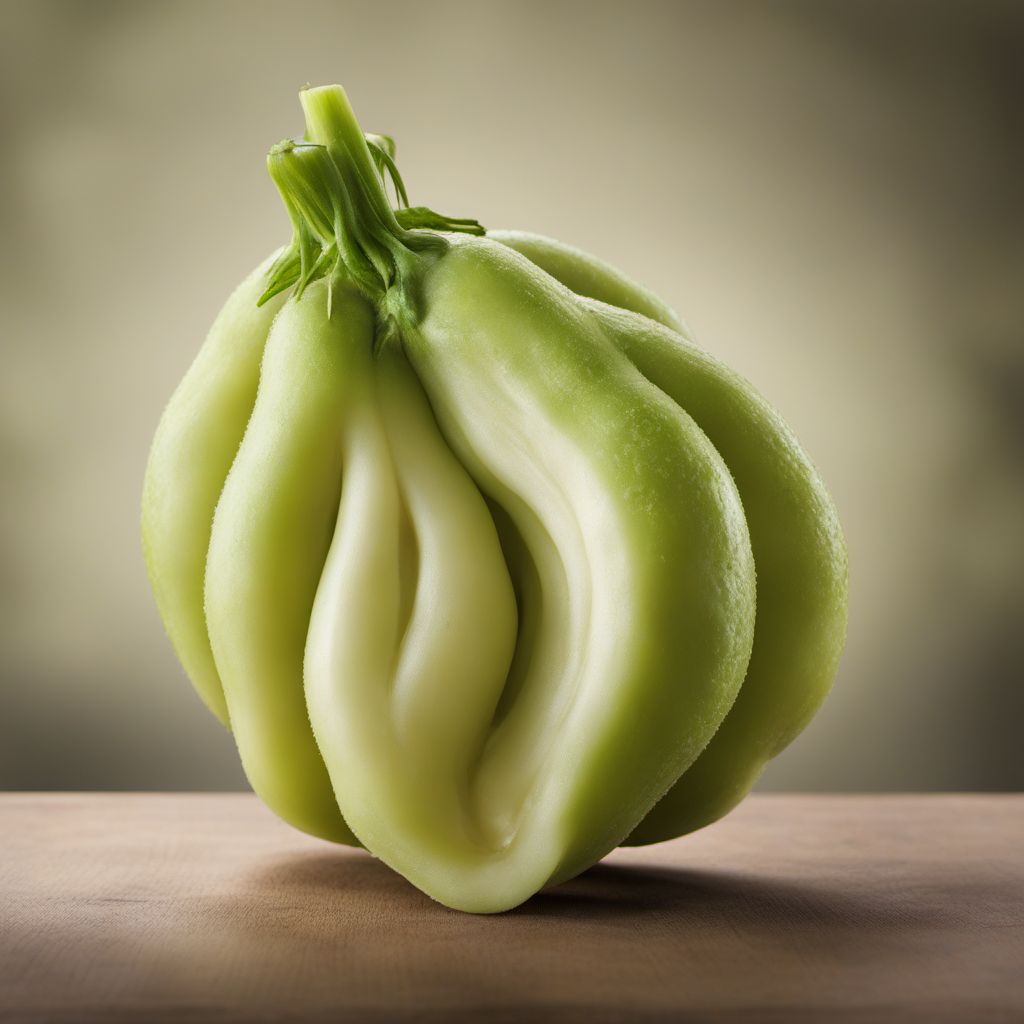
Ingredient
Chayote roots
The Versatile Vegetable: Chayote Roots
Chayote roots have a pale green color and a crisp texture similar to cucumbers. They have a mild and slightly sweet flavor, making them a versatile ingredient in both savory and sweet dishes. They can be cooked or eaten raw in salads, stir-fries, soups, and desserts.
Origins and history
Chayote roots are native to Mesoamerica and have been cultivated for centuries. They are commonly used in Mexican, Caribbean, and Southeast Asian cuisines. In some cultures, chayote roots are considered a symbol of fertility and are used in traditional rituals and celebrations.
Nutritional information
Chayote roots are low in calories and a good source of dietary fiber. They also provide essential nutrients like vitamin C, potassium, and folate. They are a hydrating vegetable due to their high water content.
Allergens
No known allergens associated with chayote roots.
How to select
When selecting chayote roots, look for ones that are firm, smooth, and free from blemishes or soft spots. The skin should be a vibrant green color. Avoid chayote roots that are wrinkled or have a dull appearance.
Storage recommendations
Store chayote roots in a cool, dry place away from direct sunlight. They can be kept at room temperature for up to a week or refrigerated for longer shelf life.
How to produce
Chayote roots can be grown in home gardens by planting the whole fruit in well-drained soil. They require warm temperatures and regular watering. The roots can be harvested when they reach a desirable size and are still firm.
Preparation tips
To prepare chayote roots, wash them thoroughly and peel off the skin if desired. They can be sliced, diced, or grated depending on the recipe. Chayote roots can be cooked by boiling, steaming, stir-frying, or baking. They can be used in salads, soups, stews, or even pickled for a tangy flavor.
Substitutions
Zucchini, cucumber, or jicama can be used as substitutes for chayote roots in recipes. However, they may have a slightly different texture and flavor.
Culinary uses
Chayote roots are commonly used in salads, stir-fries, soups, and stews. They can also be stuffed, baked, or pickled. In Mexican cuisine, they are often used in dishes like chayote relleno and caldo de res. In Southeast Asian cuisines, they are used in stir-fries and curries.
Availability
Chayote roots are commonly available in Mexico, the Caribbean, Southeast Asia, and some parts of the United States.
More ingredients from this category

Taros
The Versatile Taro Root

Blue taros
The Vibrant Purple Powerhouse

Canna
"The Versatile Wonder: Unveiling the Culinary Potential of Canna"

Tannias
Versatile Tropical Tubers

Konjac roots
The Versatile Wonder: Unveiling the Potential of Konjac Roots
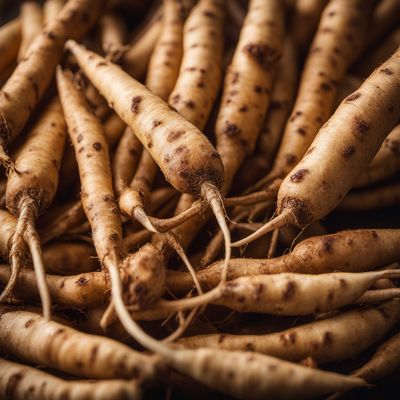
Cassava roots
The Versatile Tuber: Cassava Roots
Recipes using Chayote roots » Browse all
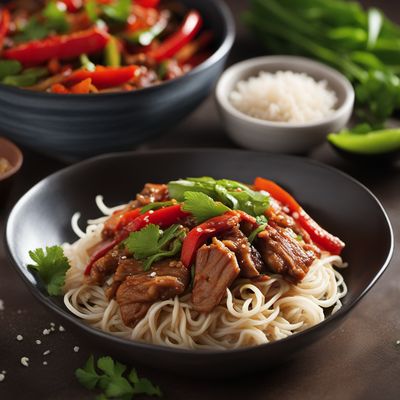
Sapasui - Samoan Noodle Stir-Fry
Savory Samoan Noodles: A Flavorful Stir-Fry Delight

New Orleans-Style Spicy BBQ Shrimp
Fiery Cajun BBQ Shrimp Delight

Texan-style Beef Stew with Potatoes and Vegetables
Hearty Texan Beef Stew: A Southern Twist on a Classic Japanese Dish

Karē Pan - Japanese Curry Bread
Golden Crispy Delight: Japanese Curry Bread

Mariana Islands Poutine
Tropical Twist Poutine: A Fusion of Island Flavors and Canadian Comfort
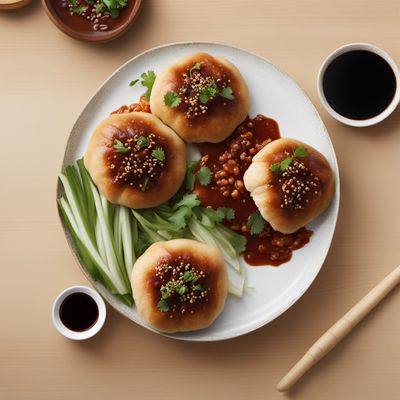
Lampredotto Bao with Spicy Hoisin Sauce
Savory Italian Street Food meets Hong Kong's Fluffy Bao
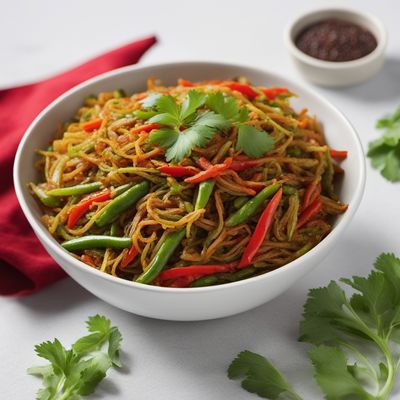
Indian Chinese Vegetable Stir-Fry
Spicy Fusion Delight: Indian Chinese Vegetable Stir-Fry

Chinese Buddhist Eddoes Stir-Fry
Zen Eddoes Delight: A Chinese Buddhist Twist on Trinidadian Choka

Rod Duan with Spicy Peanut Sauce
Thai Delight: Grilled Rod Duan with Zesty Peanut Sauce

Scottish Lemon Braised Beef
Zesty Highland Beef Delight

Classic British Beef and Potato Pie
Hearty Beef and Potato Delight

Tongan-inspired Spiced Pork Torta
Tropical Twist: Tongan-inspired Spiced Pork Torta